Wadi Musa and Madaba, Jordan
October 8 – 9, 2019
Then Moses climbed Mount Nebo from the plains of Moab to the top of Pisgah, across from Jericho. There the Lord showed him the whole land—from Gilead to Dan, all of Naphtali, the territory of Ephraim and Manasseh, all the land of Judah as far as the Mediterranean Sea, the Negev and the whole region from the Valley of Jericho, the City of Palms, as far as Zoar. Then the Lord said to him, “This is the land I promised on oath to Abraham, Isaac and Jacob when I said, ‘I will give it to your descendants.’ I have let you see it with your eyes, but you will not cross over into it.”
Deuteronomy 34:1-4
Almost but not quite. The Promised Land was within sight, yet God barred Moses from finally leading the Israelites into it after 40 years of wandering in the wilderness. At the final approach to the finish line, he was taken off the race. I could only imagine how the finality of God’s punishment must have weighed heavily on Moses, elderly by then, as I surveyed the panorama of the Holy Land atop Mount Nebo.
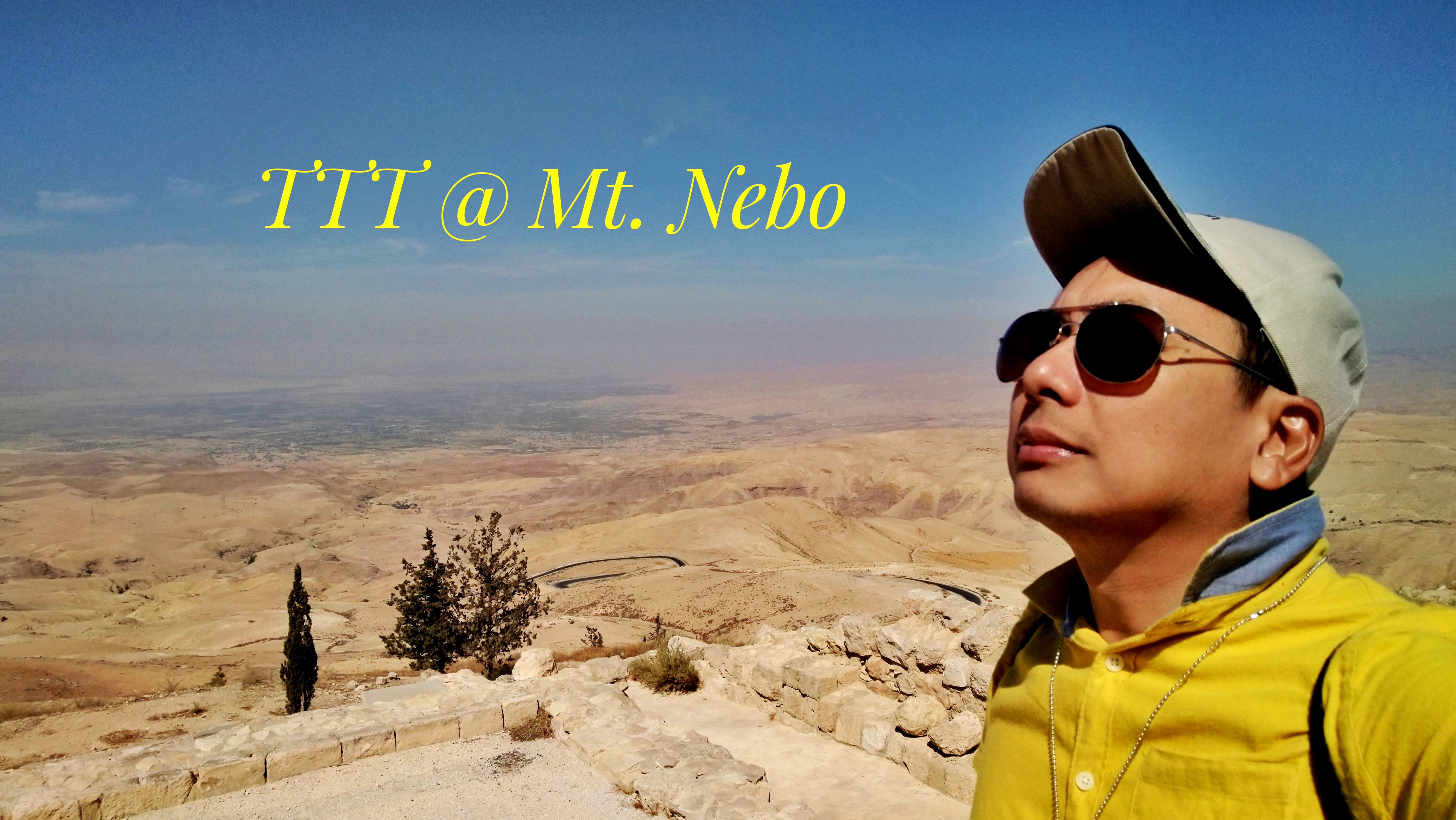
The biblical story would be prefaced the next day when our tour group passed through Wadi Musa, named after Moses who likewise passed through this arid valley more than 3,000 years before.
It was when the Israelites ranted, as was their wont, about the lack of water in the desert. Yahweh, in an act of mercy, ordered Moses to “speak to that rock before their eyes and it will pour out its water.” The divine spring would quench the thirst of the people and their livestock. However, tired and triggered Moses took liberties with God’s command.
So Moses took the staff from the Lord’s presence, just as he commanded him. He and Aaron gathered the assembly together in front of the rock and Moses said to them, “Listen, you rebels, must we bring you water out of this rock?” Then Moses raised his arm and struck the rock twice with his staff. Water gushed out, and the community and their livestock drank.
Numbers 20:9-11
Nevertheless, water issued from the rock despite being struck instead of commanded. Moses was consequently stripped of his main job description for failing to convey divine mercy and taking matters into his own hands.
But the Lord said to Moses and Aaron, “Because you did not trust in me enough to honor me as holy in the sight of the Israelites, you will not bring this community into the land I give them.”
Numbers 20:12
One of two sites in Jordan attributed to this biblical event was appropriately called Ain Musa (Moses’ Spring). Modern times saw the rock preserved within a triple-domed water refilling station. We chanced upon a local man in an ankle-deep pool, drawing water into portable containers. Moses may have lost the privilege of entering the Promised Land, but his legacy of running water endured for many generations through the ages.
Water was still scarce, apparently, as our bus zigzagged up the barren and dusty slopes of the Abarim Mountains. As the site where Moses was traditionally believed to have taken the tantalizing glimpse of modern-day Israel, Mount Nebo in Jordan was commemorated with the Memorial Church of Moses originally built at the summit in the fourth century CE.
The stone had been rolled away, so to speak. A piece of circular rock greeted us in the church grounds. I wondered how the rolling stone found its way up this mountain from Jesus’ tomb. The rock turned out to be the Abu Badd, a fortified door from a Byzantine monastery exhibited here instead. A more recent installation was the Bianchi Sculpture, named after the artist, to mark the Pope’s visit in 2000.
The church itself was even newer than the Pope’s sculpture. Though patterned after a Byzantine basilica, the Franciscan-reconstructed Memorial Church of Moses was completed in the same year I visited. An exposed and empty grave in the middle of the church signified the unknown burial site of Moses.
The original church commemorated his place of death, not his tomb. Three stained glass windows above the altar depicted scenes from the life of Moses. The middle window showed him standing under the Brazen Serpent, flanked by Aaron and Miriam.
The church building may have been newly updated, but exhibited therein were Jordan’s best-preserved mosaics dating back 530 CE. The Diakonikon Baptistery contained these magnificent mosaics from the original Byzantine church floor, presently protected in glass from the stream of tourists and pilgrims.
The masterpiece among these antique artworks was the hunting and herding mosaic depicting an array of African animals from zebu to zebra and one curious camel-shaped giraffe. Undiscovered for 1,400 years, each tessera retained much of its colors and form. The archaeological discovery in the mid-70s included a cruciform stone baptismal font in the same hall.
The oldest among all the antique remnants was a mosaic of a braided cross design. The surviving tesserae were a portion of the original floor mosaic though now set upright. I could not imagine walking on such sublime works of art, perhaps commonplace in the Byzantine Era. Geometric mosaics graced the rest of the walls.
The Theotokos Chapel, dedicated to the Mother of God, was an addition to the church about a century later. The semi-circular altar contained four square stones, a pair of which was bearing objects unfamiliar to me, most likely liturgical. Nothing else indicated the kind of religious ritual performed here.
A cruciform sculpture on church grounds brought the narrative of the place back to Moses. Italian artist Giovanni Fantoni recreated the serpentine cross, referred to as the Nehushtan elsewhere in the Scriptures, that God commanded Moses to erect for the healing and deliverance of the Israelites.
They traveled from Mount Hor along the route to the Red Sea, to go around Edom. But the people grew impatient on the way; they spoke against God and against Moses, and said, “Why have you brought us up out of Egypt to die in the wilderness? There is no bread! There is no water! And we detest this miserable food!”
Then the Lord sent venomous snakes among them; they bit the people and many Israelites died. The people came to Moses and said, “We sinned when we spoke against the Lord and against you. Pray that the Lord will take the snakes away from us.” So Moses prayed for the people.
The Lord said to Moses, “Make a snake and put it up on a pole; anyone who is bitten can look at it and live.” So Moses made a bronze snake and put it up on a pole. Then when anyone was bitten by a snake and looked at the bronze snake, they lived.
Numbers 21:4-9
The Brazen Serpent towered atop Mount Nebo overlooking the land of Israel, including Jerusalem on a clear day. I wondered why the sculpture was put up in a place not remotely regarded to be the actual site of the event.
Our Christian guide, Manal Abolail, had just schooled us on biblical geography: Mount Nebo in the land of Moab and Mount Hor in the land of Edom. Why was it on the wrong mountain? Perhaps it was to complete the ending of the story of Moses.
The serpent on the cross was a symbol of healing and deliverance. The venomous creatures that brought abject fear and death had been transformed into a way to salvation and, thus, to life. The sculpture, then, led to the One similarly hanging on the cross. Jesus made the connection when He proclaimed to a Pharisee named Nicodemus:
Just as Moses lifted up the snake in the wilderness, so the Son of Man must be lifted up, that everyone who believes may have eternal life in him.
John 3:14-15
As I scanned the panorama of the Promised Land from Mount Nebo, my heart cried for my own ancestors – my reverend grandfather and my faithful parents. Here I was on the final leg of my journey through the Holy Land while they never even managed a glimpse. The Brazen Serpent offered a balm to my grief. What God had begun with those who came before, Jesus completed for those that came after.
Atop Mount Nebo, Moses came face to face with a seemingly broken promise as he was merely granted a view of the land he would never set foot in. On the cross, Jesus fulfilled the promise of redemption and salvation. Indeed, the tomb stone had been rolled away.
Thanks for reading! If you like my content, you may…



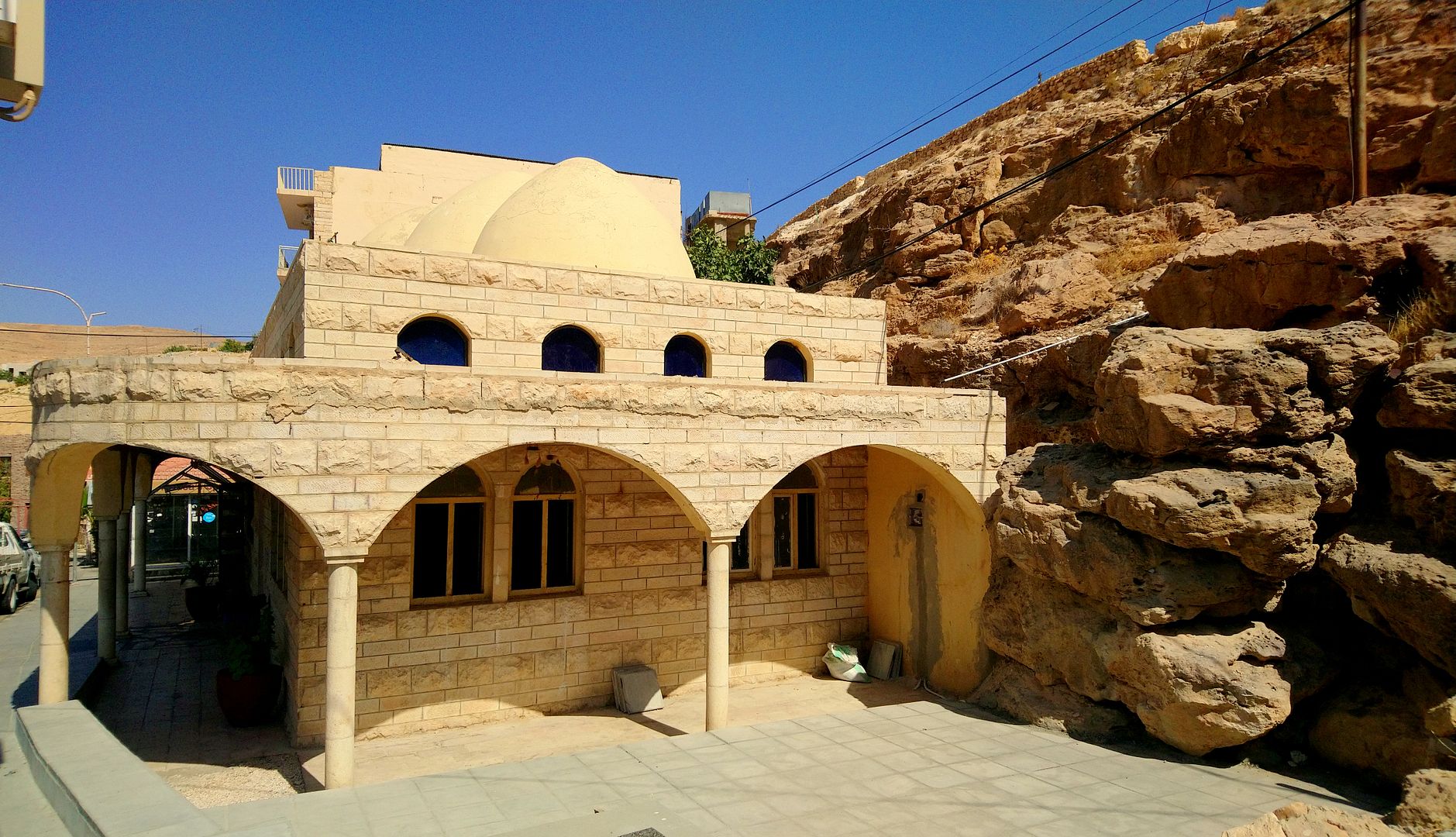
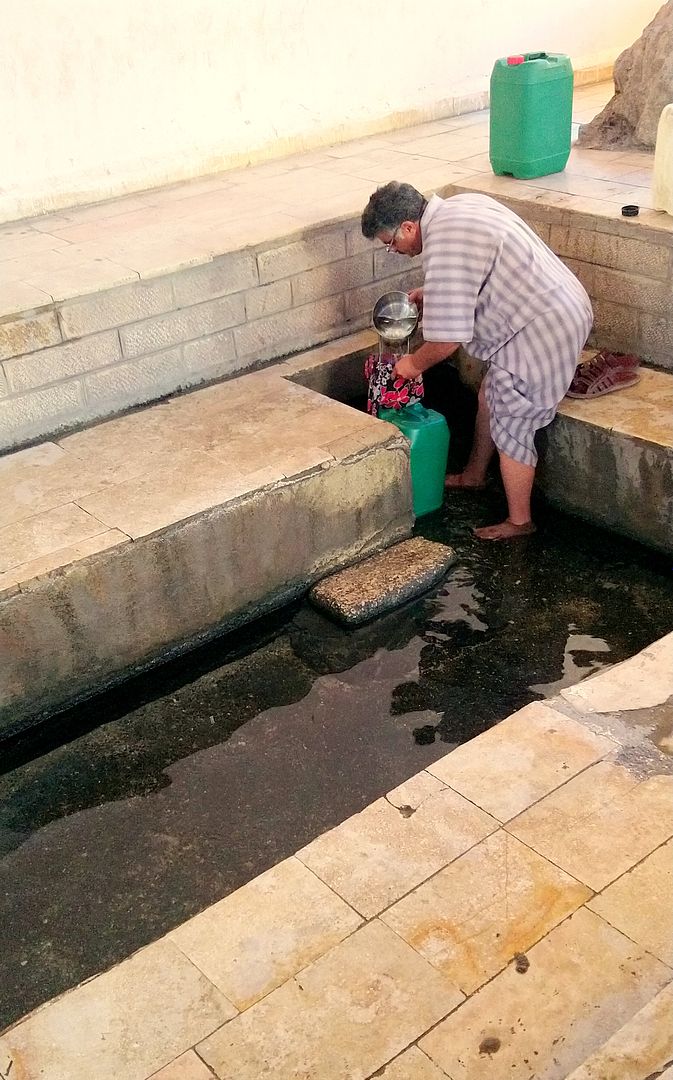

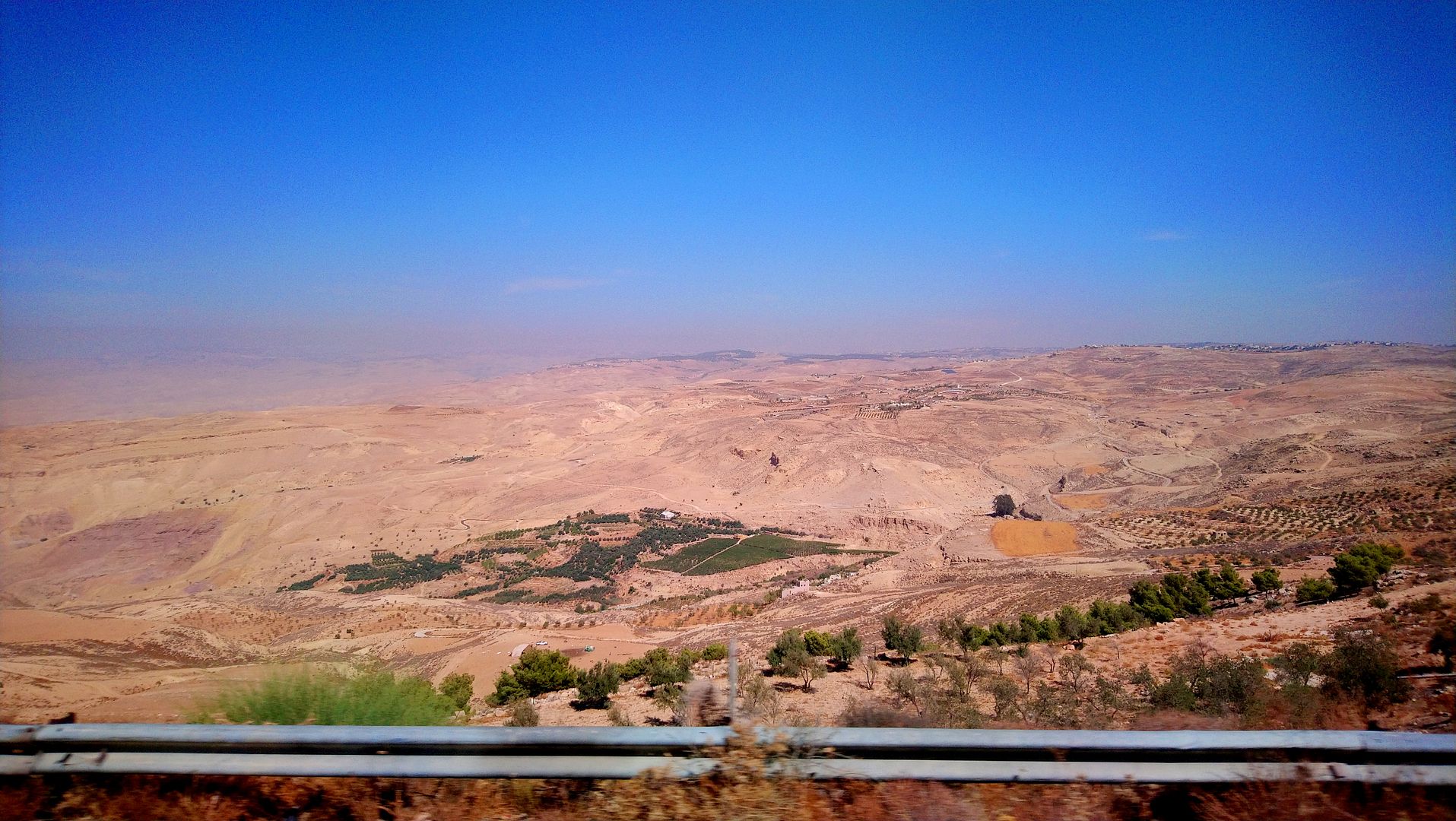
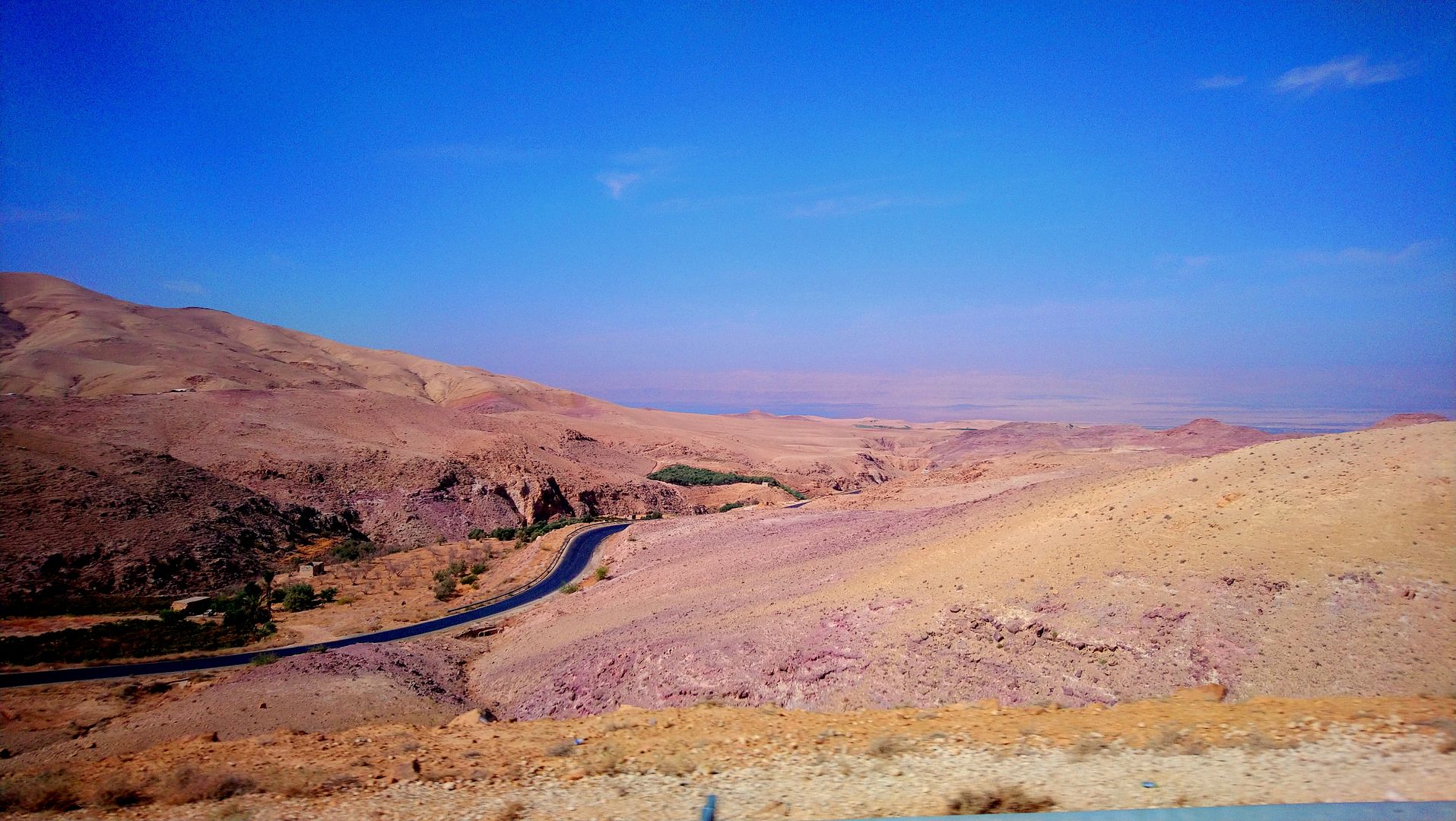
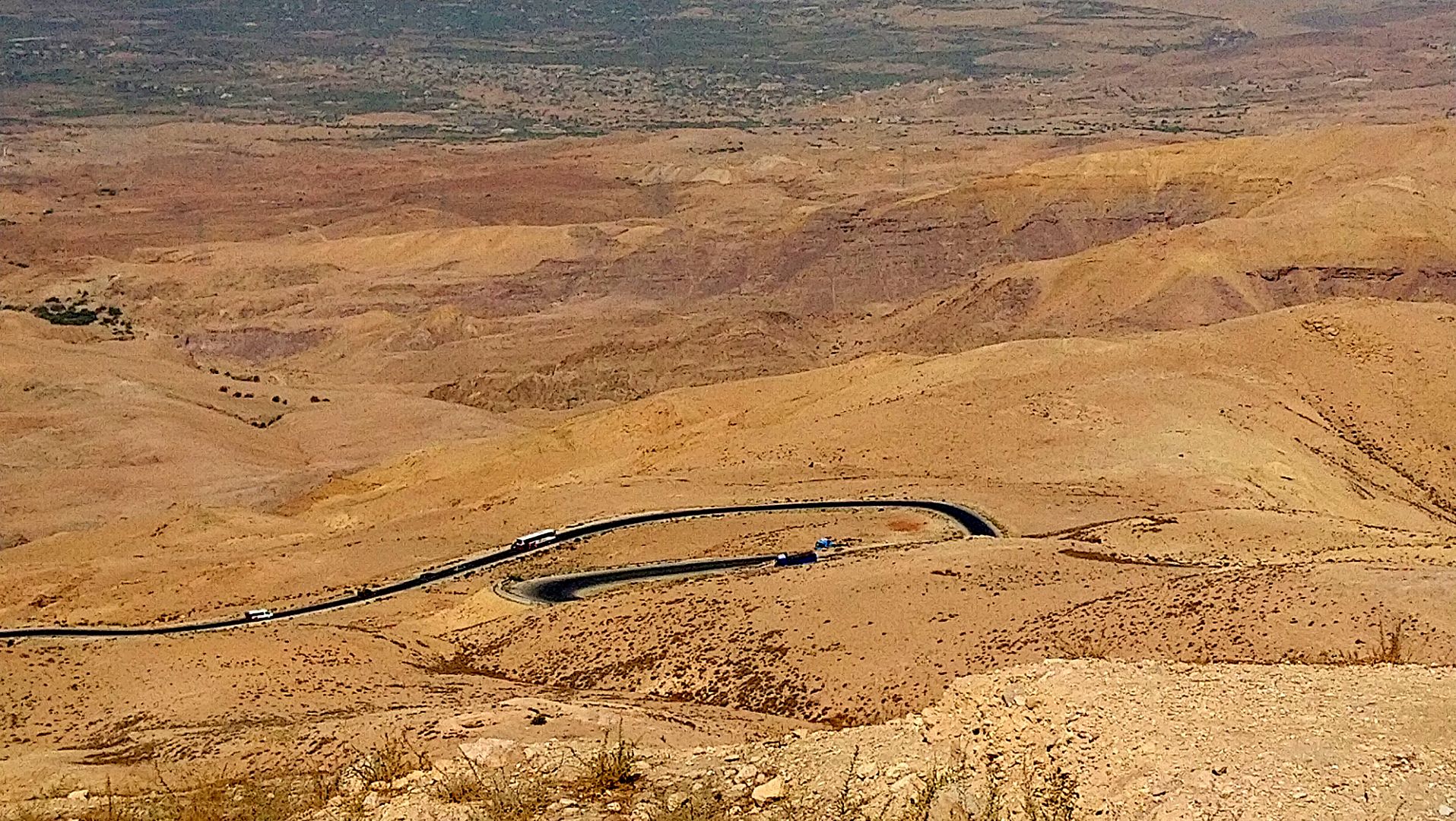
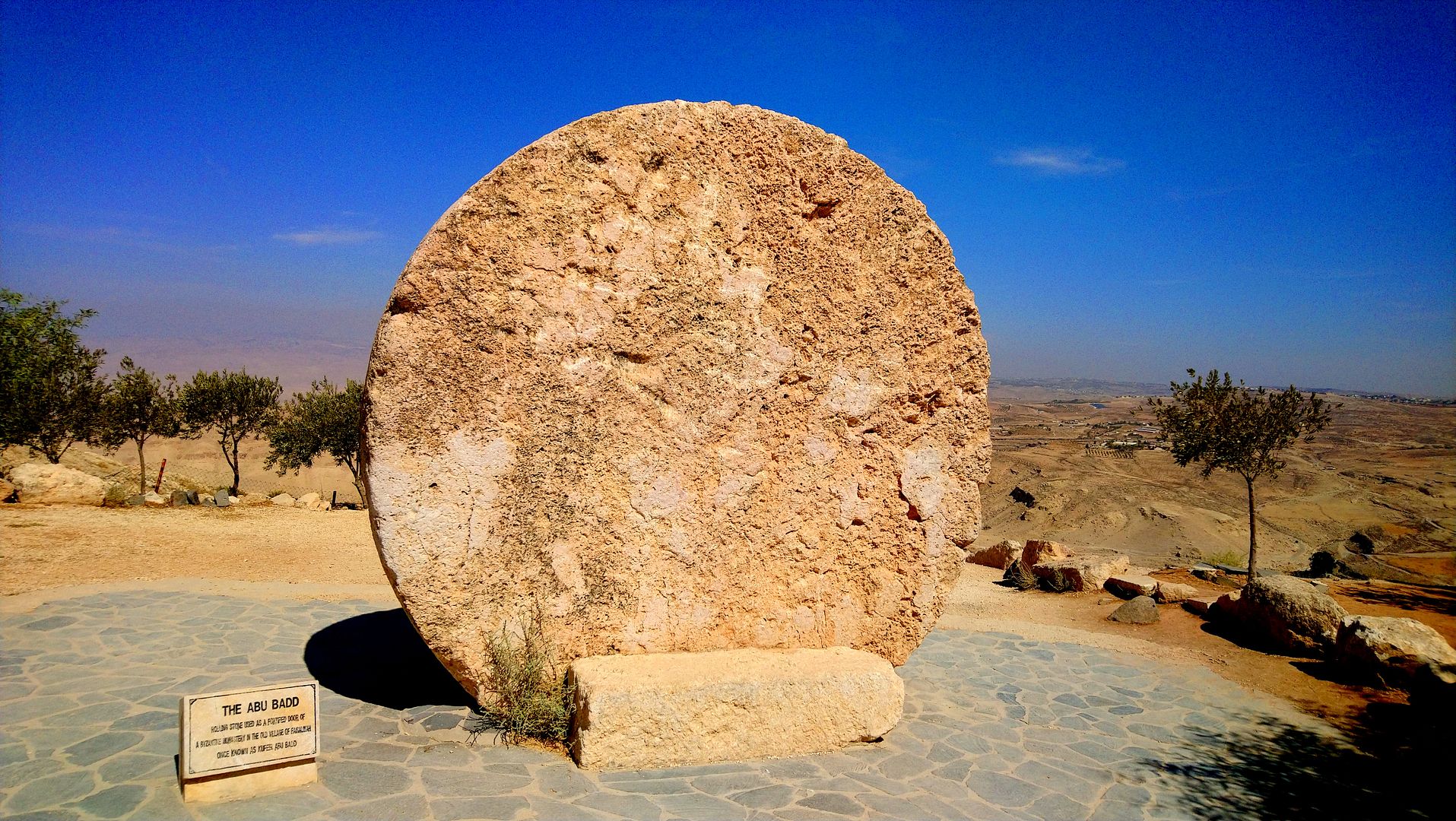


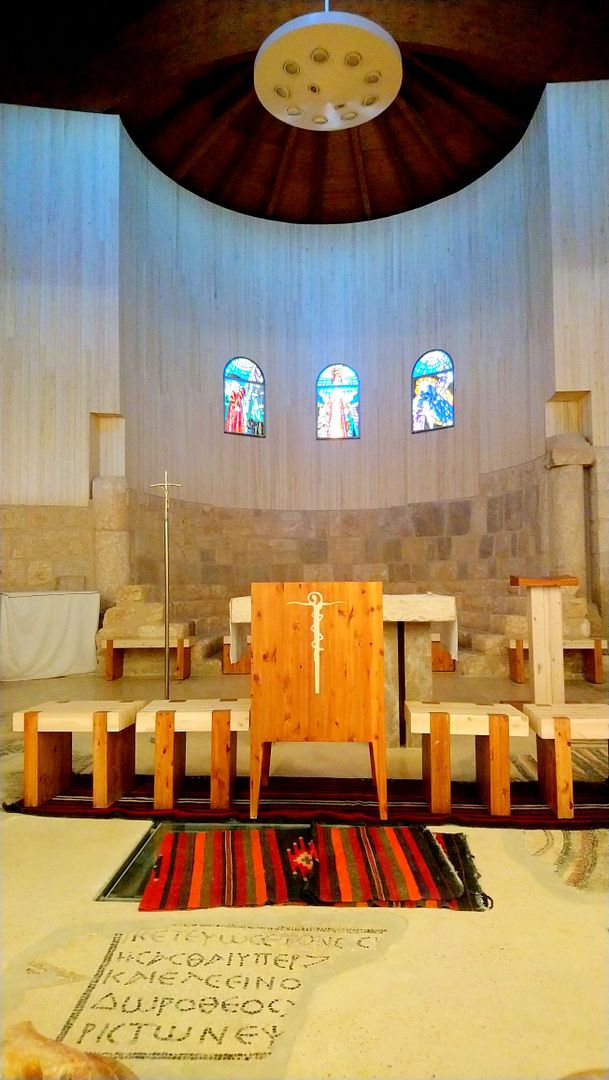
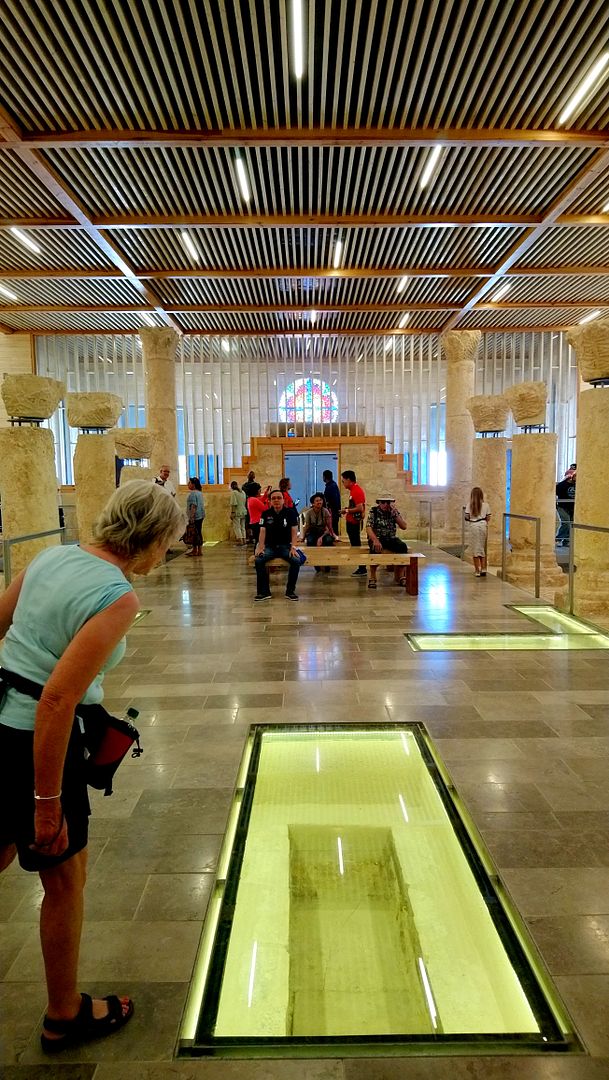
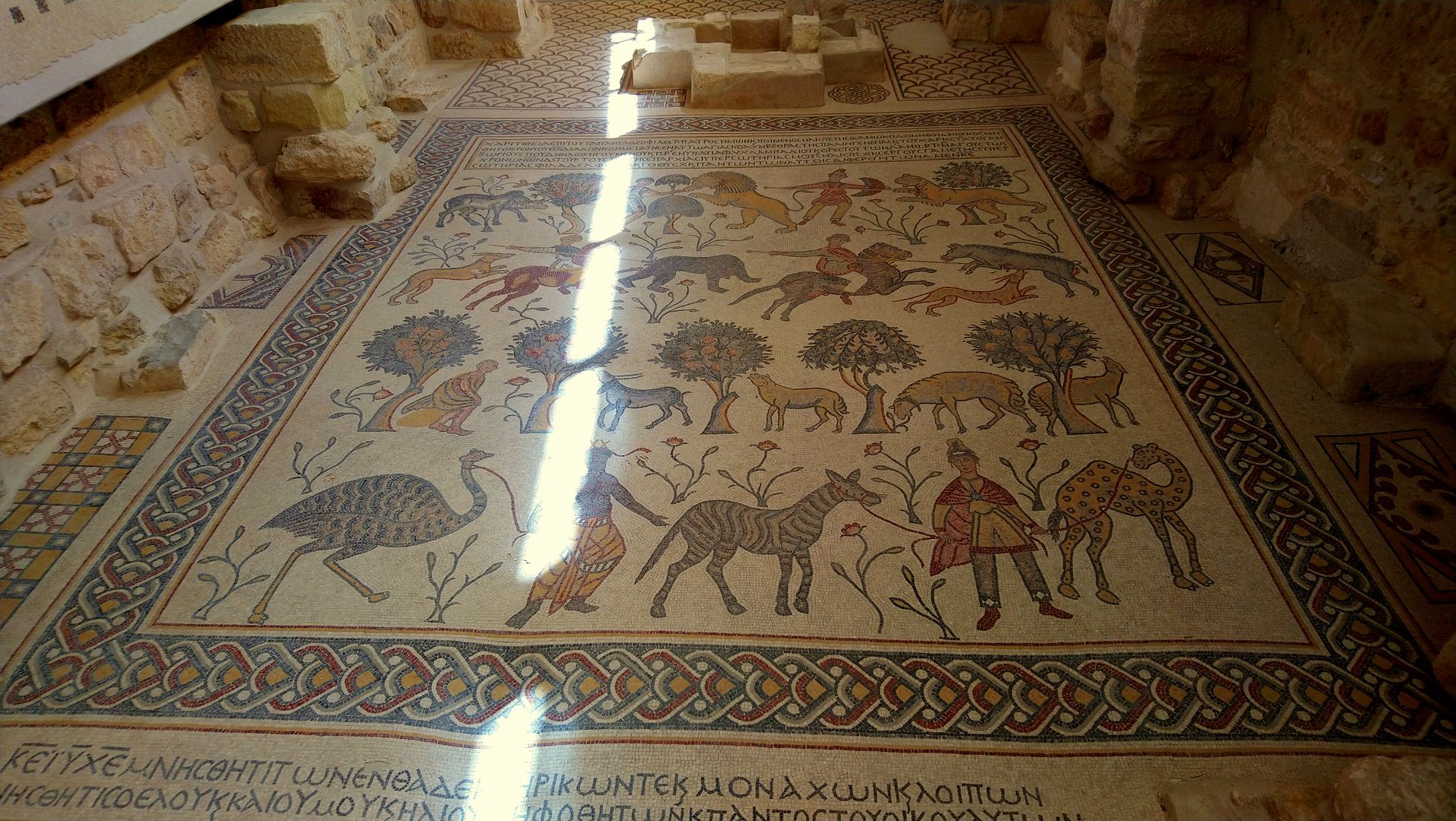
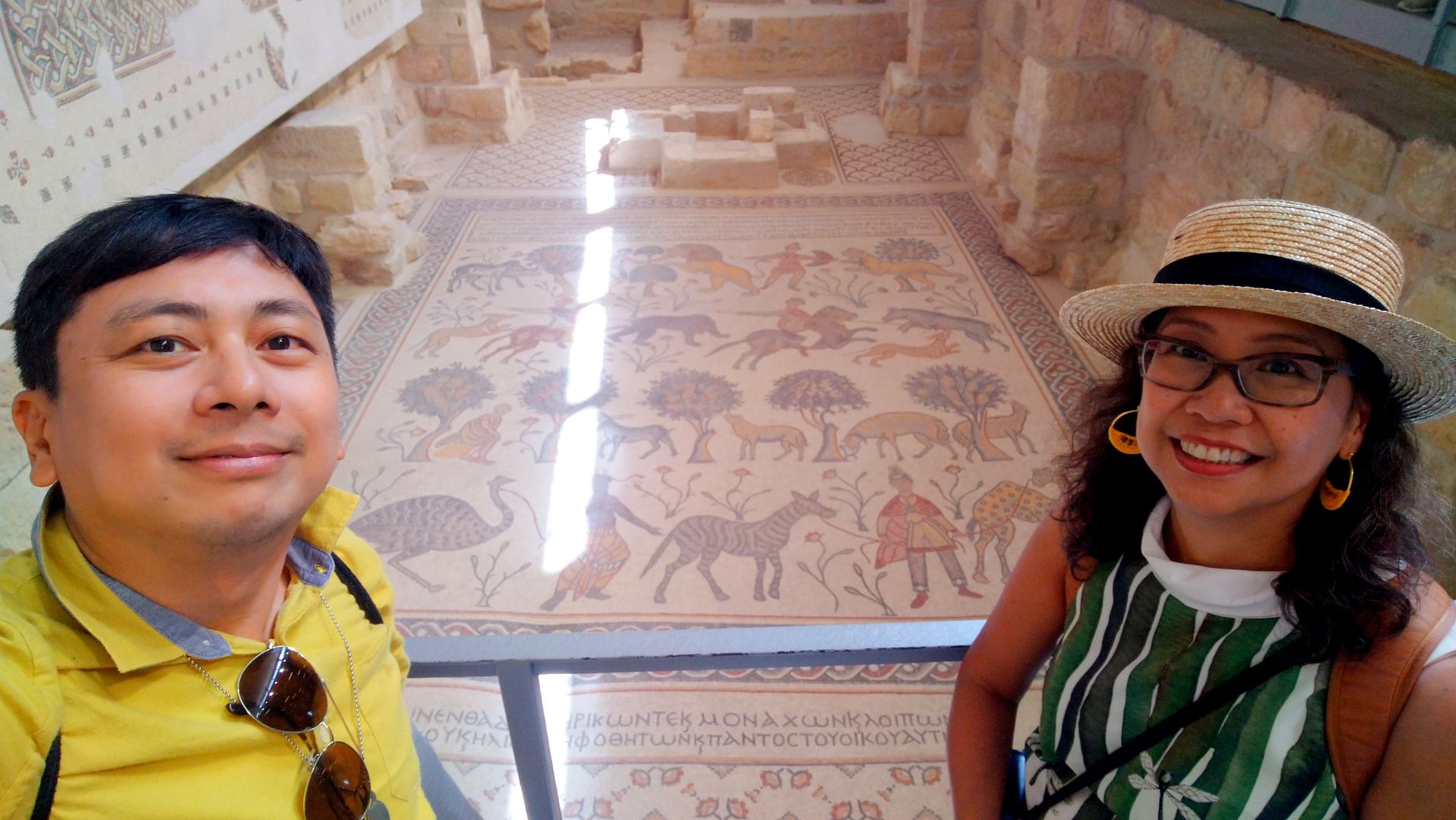
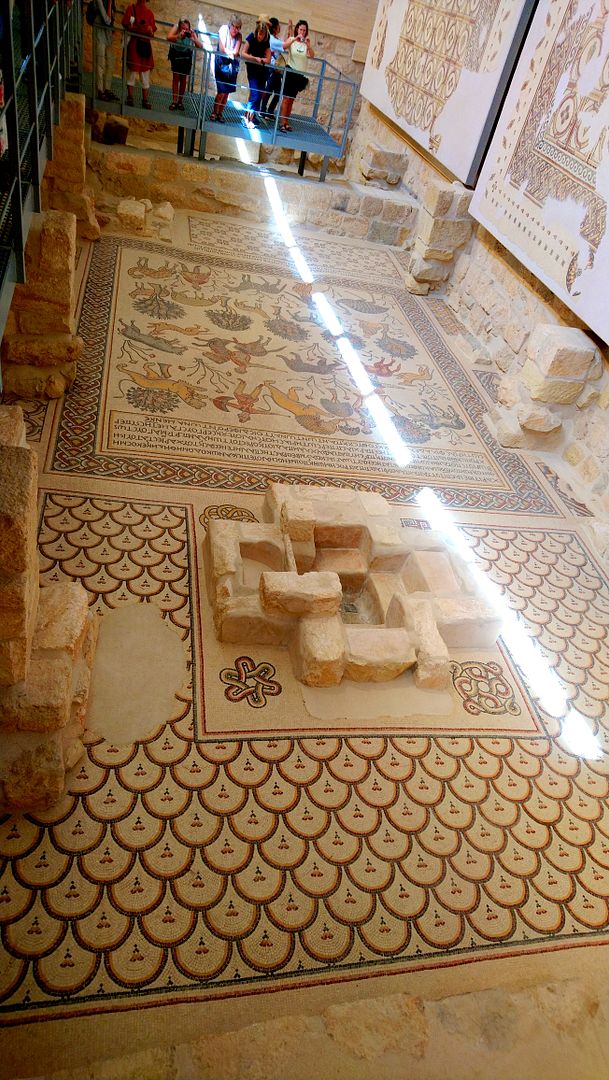


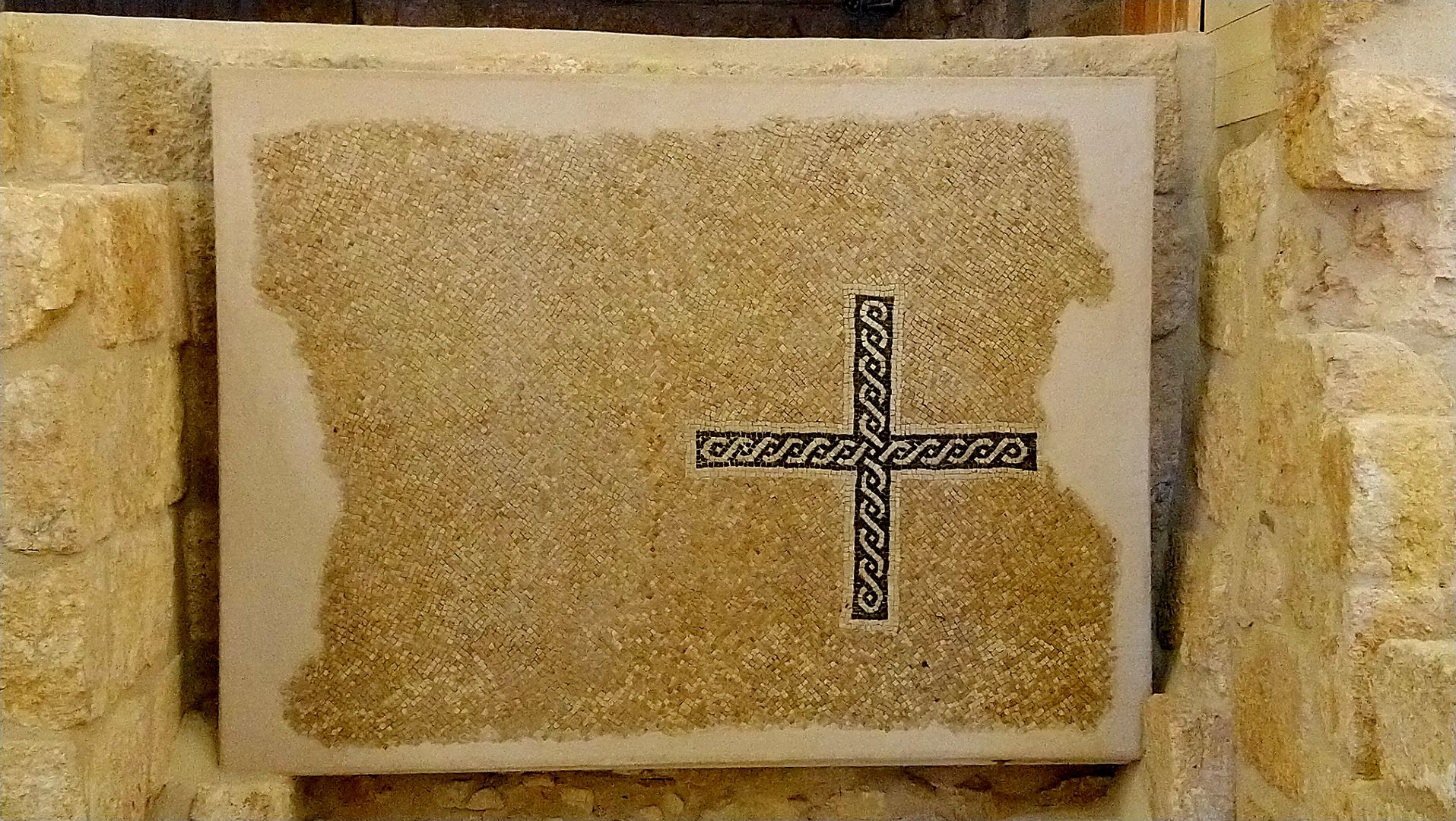

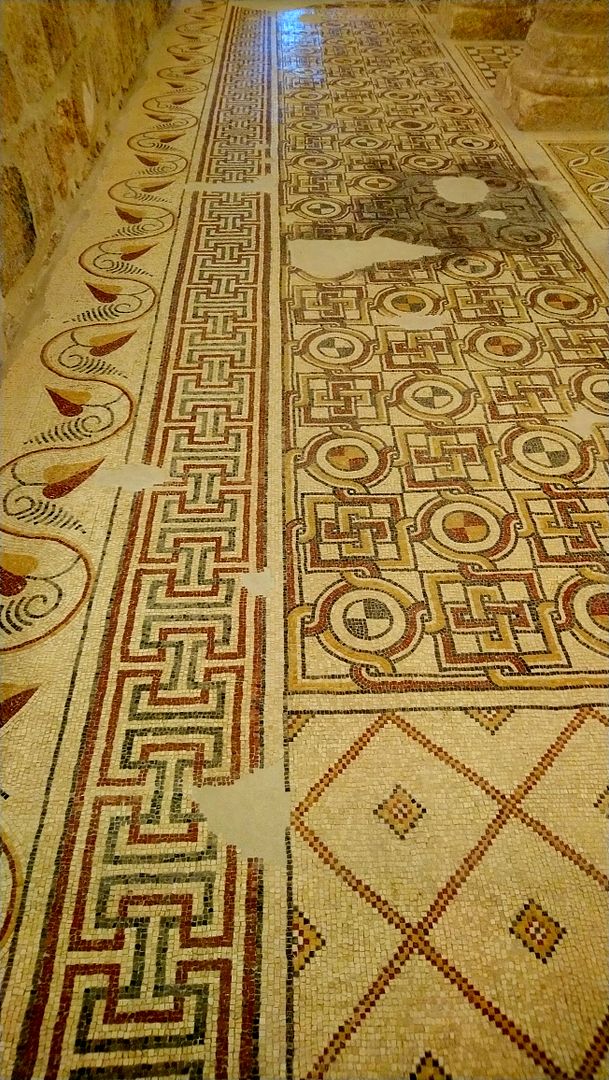
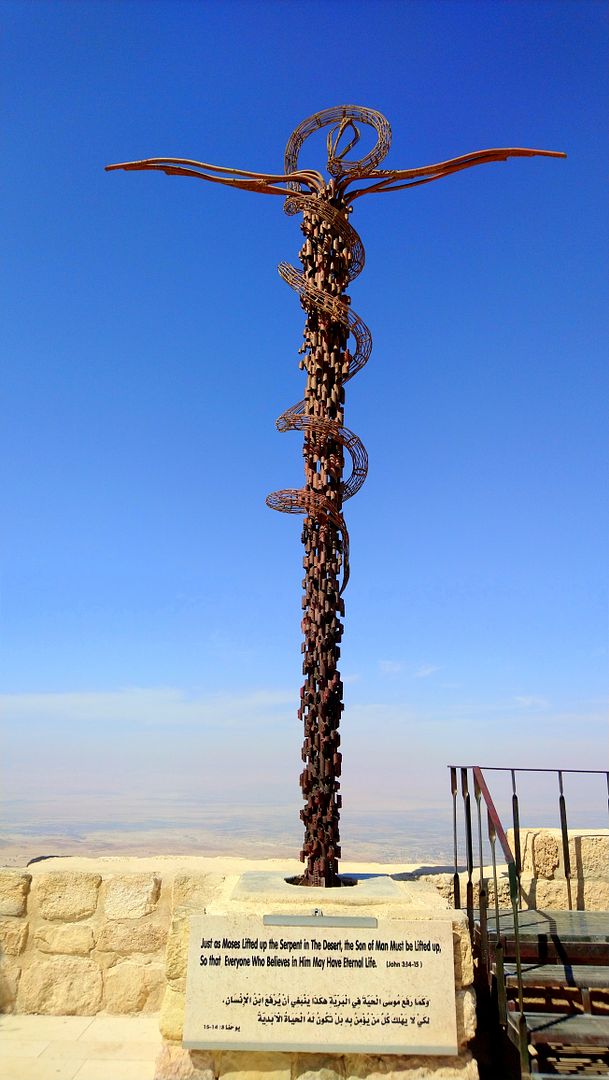

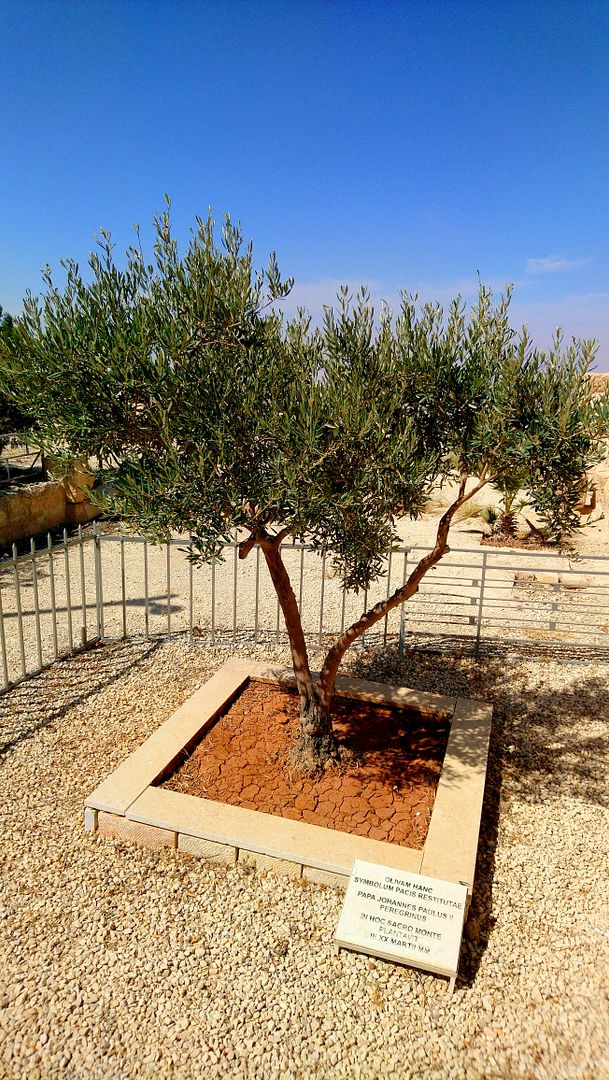
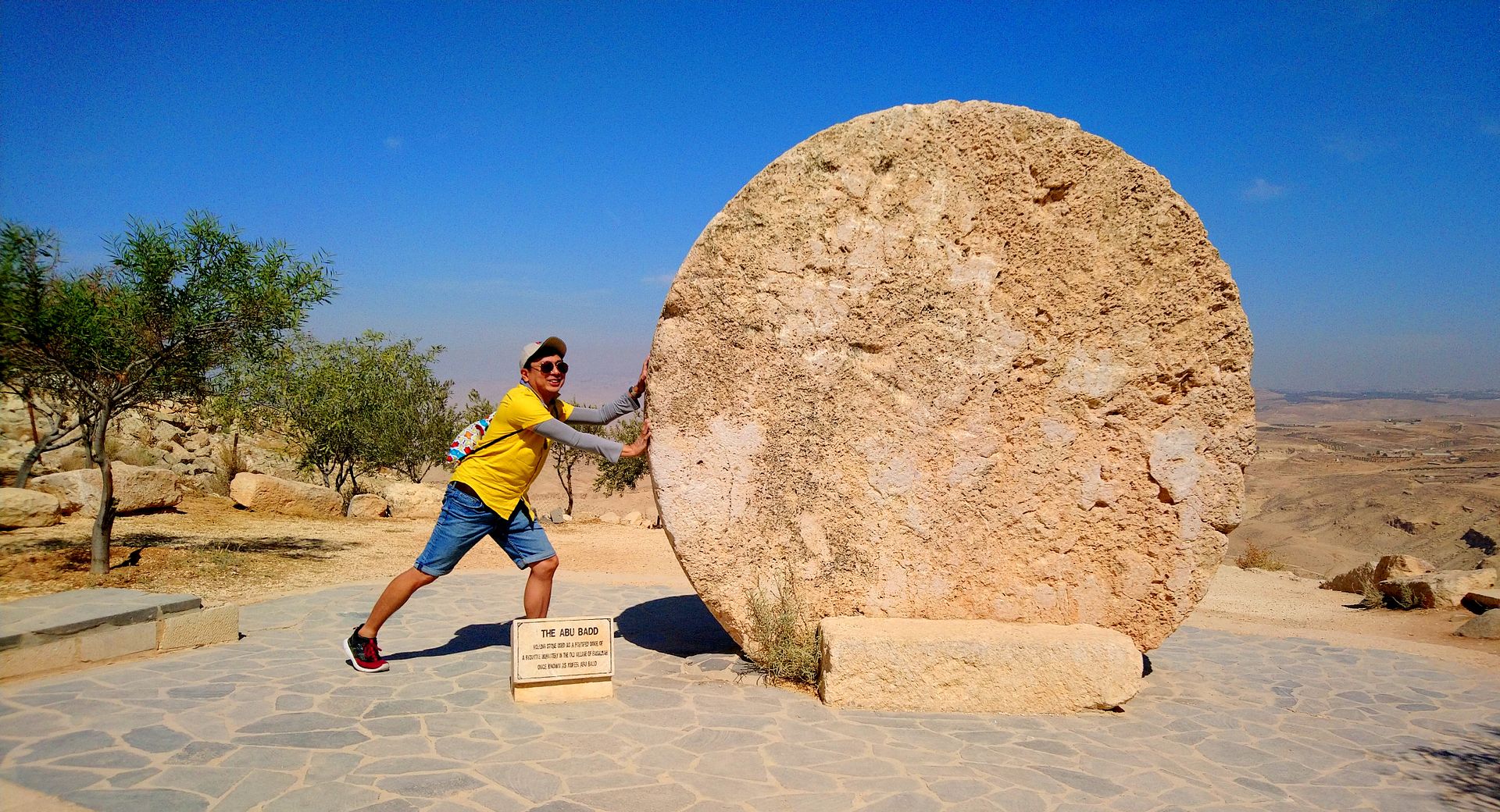
Hi AJ! You are blessed to have been able to travel to the places I have only learned and read about through the studies I have sat through my faith journey. Considering how I am crossing the sunset years of my life and not as healthy, I will go through destinations vicariously through travelers like you and be content at reading through your travelogues and be blessed as well. Stay safe, dear AJ — and please promise me that we can still meet someday even just to say HI, okay?
I would love to see you and Bob finally! Of course, when it is safe enough for us to do so. It’s difficult to arrange that here in the comment section though. Please shoot me an email at ajpoliquit@gmail.com soon. Looking forward to hearing from you. God bless you always!